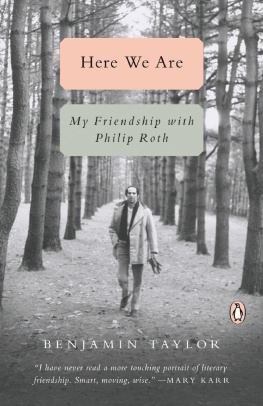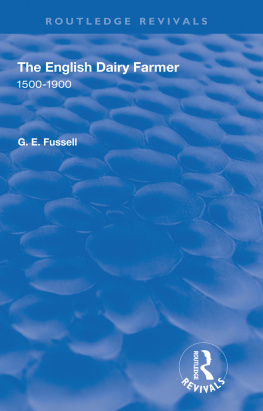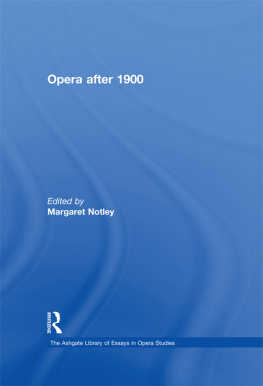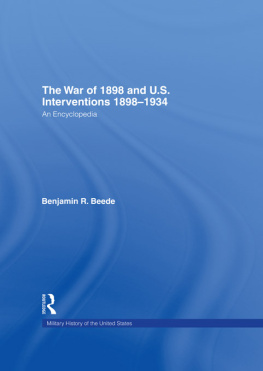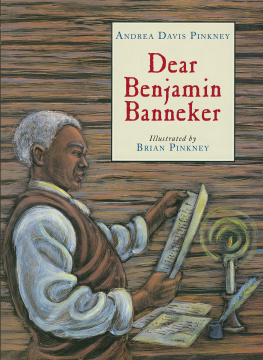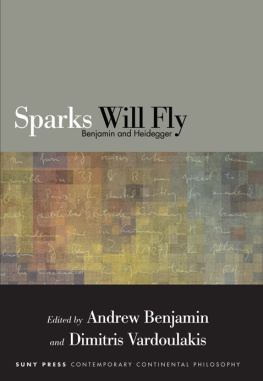PREFACE.
The principal object of this Foreword is to inform the expert Folkloreist and the case-hardened Mythologist (comparative or otherwise) that the following pages are intended for those who, being neither expert nor case-hardened, come under that gracious and catholic termgeneral reader. The writer addresses not the scholiast, but the ordinary person who likes to read about what he has not time to study.
Some portion of what is here printed has appeared in a once popular magazine now defunct. The author hastens to add, for the relief of the irreverent, that the journal long survived the ordeal of the publication. Nevertheless this book appears on its merits, or otherwise, and seeks no support from past attainment. Neither does it make any pretension to originality of matter or method, though it may, perhaps, contain one or two new ideas.
It is unnecessary to add that the publication is made only at the tearful entreaty of multitudinous friends. That, of course, is well understood among myth-hunters.
STORYOLOGY.
line
CHAPTER I.
STORYOLOGY.
I.
What is a myth?
According to Webster, it is 'a fabulous or imaginary statement or narrative conveying an important truth, generally of a moral or religious nature: an allegory, religious or historical, of spontaneous growth and popular origin, generally involving some supernatural or superhuman claim or power; a tale of some extraordinary personage or country that has been gradually formed by, or has grown out of, the admiration and veneration of successive generations.' Here is a choice of three definitions, but not one of them is by itself satisfying. Let us rather say that a myth is a tradition in narrative form, more or less current in more or less differing garb among different races, to which religious or superhuman significations may be ascribable. We say 'may be' ascribable because, although the science of comparative mythology always seeks for such significations, it is probable that the modern interpretations are often as different from the original meaning as certain abstruse 'readings' of Shakespeare are from the poet's own thoughts.
In their introduction to Tales of the Teutonic Lands, Cox and Jones declare that the whole series of Arthurian legends are pure myths. These tales, they say, can be 'traced back to their earliest forms in phrases which spoke not of men and women, but of the Dawn which drives her white herds to their pastures'the white clouds being the guardians of the cattle of the Sun'of the Sun which slays the dew whom he loves, of the fiery dragon which steals the cattle of the lord of light, or the Moon which wanders with her myriad children through the heaven.' It is claimed that 'a strict etymological connection has been established' with regard to a large number of these and similar stories, 'but the link which binds the myth of the Hellenic Hephaistos with that of the Vedic Agni justifies the inference that both these myths reappear in those of Regin and of Wayland, or, in other words, that the story of the Dame of the Fine Green Kirtle is the story of Medeia, and that the tale of Helen is the legend of the loves of Conall Gulban. Elsewhere one reads that in the myth of Endymion, the Sun who has sunk to his dreamless sleep, the Moon appears as Asterodia journeying with her fifty daughters through the sky. 'In the Christian myth she becomes St. Ursula with her eleven thousand virginsthis Ursula again appearing in the myth of Tannhuser, as the occupant of the Horselberg, and as the fairy queen in the tale of True Thomas of Ercildoune.' By the same method of comparative mythology, the whole series of the Arthurian stories are placed 'in that large family of heroic legends which have their origin in mythical phrases describing the phenomena of the outward world, and more especially those of the day and of the year.'
This seems hard, for it compels us to believe that our remote ancestors were very much more intelligent, and imaginative, and poetical, and religious than anything else which they have sent down to us would have suggested. It is true that Cox and Jones do not deny that the names which figure in many of these legends, as in those of Greece, may have been the names of real personages, but yet the narrative, they say, must not be taken as historical. This may be true, but in what sense can we regard it as more probable that the story-makers invented allegories, and clothed them with the names of contemporary or preceding heroes, than that they invented tales of wonder to fit these heroes? Is it easier to believe, for instance, that Arthur came after the myths, and was tacked on to them, than that the myths, or stories, came after Arthur, and were tacked on to him? Is there anything in the story of St. Ursula and her virgins which could not have had natural 'spontaneous growth' in an age of deep devotional faith in miracles, that we must be compelled to regard it as purely a medivalized version of the Greek myth of the sun and moon?
I am not writing for experts and scholars, and therefore do not use the scientific terms and allusions familiar to students of these matters. I am merely writing for ordinary persons, who are often puzzled and pained by the extraordinary meanings which specialists contrive to twist out of simple and familiar things. It is not too much to say that the professional mythologists are among the most troublesome meddlers who disturb the repose of 'the average reader.' Even Mr. Ruskin suffers in this connection. In The Queen of the Air he has given us one of his most delightful books, but there are probably few, outside the circle of philologists and comparative mythologists, who have not thought in reading the lovely interpretations of the myths of Athena, that there was more of Ruskin than of the Ancient Greek in the meaning evolved. Somehow, it seems easier to think that these things were conceived by a Professor of Art in the nineteenth century, than that they were the deliberate convictions of a primitive people ever so many centuries before Christa people, too, known to be steeped in sensualities, and addicted to very barbarous practices.
Are there, then, reasons for supposing that comparative mythologists are not always rightthat, in fact, their science is but a doubtful science after all? Mr. Andrew Lang boldly says that there are. In Custom and Myth his object is to show the connection between savage customsor rather the customs of savage and uncivilized racesand ancient myths. But before this branch of Storyology is reached, we must consider the question of the relation between our familiar nursery-tales, the folk-lore of our own and other countries, and the old romances, with these same myths. There is something more than monotony in the theory which 'resolves most of our old romances into a series of remarks about the weather.' The author of Primitive Culture (Mr. Tylor) rebels against this theory. There is no legend, no allegory, no nursery-rhyme, he says, safe from it, and, as an amusing illustration, he supposes the Song of Sixpence to be thus interpreted by the mythologists. Obviously, the four-and-twenty blackbirds are four-and-twenty hours, and the pie to hold them is the underlying earth covered with the over-arching sky. How true a touch of nature is it, 'when the pie is opened,' that is, when day breaks, 'the birds begin to sing!' The King is the Sun, and his 'counting out his money' is pouring out the sunshine, the golden shower of Danae; the Queen is the Moon, and her transparent honey the moonlight. The maid is the rosy-fingered Dawn, who rises before the Sun, her master, and hangs out the clothes (the clouds) across the sky; the particular blackbird who so tragically ends the tale, by 'nipping off her nose,' is the hour of sunrise. The time-honoured rhyme really wants, as Mr. Tylor remarks, only one thing to prove it a sun-myth, and that one thing is some other proof than a mere argument from analogy.




